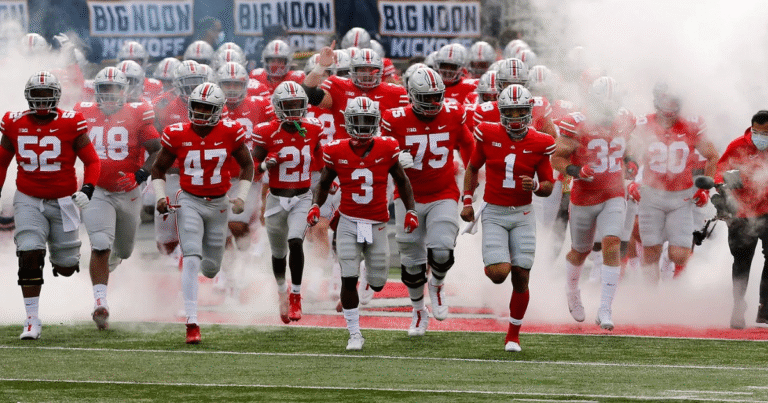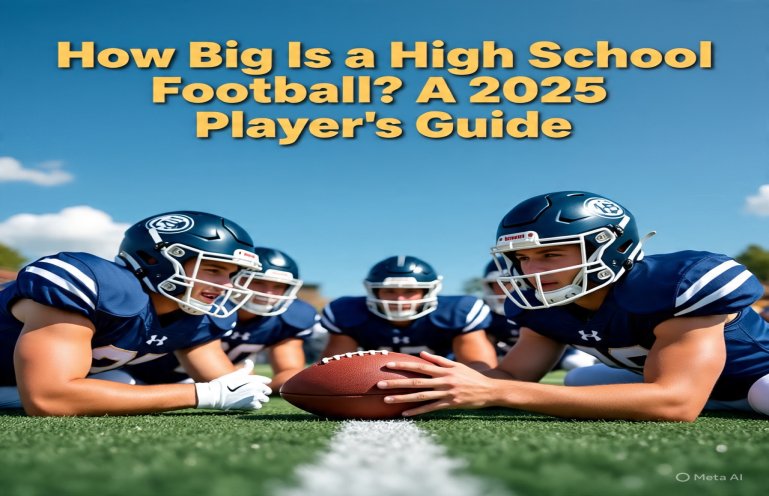How To Measure Your Waist Men Football
Having the proper fit for your uniform is essential when it comes to football. Not only does well-fitting equipment increase comfort, but it also boosts on-field performance. Your waist size is an essential measurement for ensuring a perfect fit. This tutorial will show you how to take an accurate waist measurement for football gear.
Why is Waist Measurement Important in Football?
For maximum support and flexibility, football gear particularly pants and compression shorts must fit snugly. A precise waist measurement assurances:

- Comfort: Avoids sagging or tightness while playing.
- Safety: Encourages healthy mobility without running the risk of getting hurt by loose clothing.
- Performance: Enables more mobility and enhanced focus on the game.
Equipment You’ll Need
Before beginning, collect the following supplies:
- A soft measuring device
- (Optional for accuracy) A mirror
- A level surface to stand on A phone or notepad to take measurements
Step-by-Step Guide to Measure Your Waist for Football
To obtain a precise waist measurement, take the following actions:
- Dress properly
Wear lightweight or form-fitting clothing, such as compression shorts, when standing.
Steer clear of large garments that might distort measurements. - Find Your Waist Naturally
Position your hands slightly above your hip bones on the sides of your torso.
The narrowest area of your torso is typically your natural waistline. - Put the measuring tape in place. Rightly
Wrap your natural waist with the tape.
Make sure it is snug but not tight and parallel to the ground. - Straighten up and relax
Refrain from holding your breath or sucking in your stomach.
Take a straight stance and allow your body to naturally relax. - Make the Measurement
Verify the number where it overlaps on the tape.
Take the measurement to increase accuracy.
A Small Table for Quick Waist Sizes
Waist sizes in football gear table:
| Waist Measurement (inches) | Recommended Gear Size |
| 28-30 | Small |
| 31-33 | Medium |
| 34-36 | Large |
| 37-39 | XL |
| 40+ | XXL |
Newly Implemented Guidelines for Football Gear
Here are some new guidelines and pointers for waist measurements due to developments in sportswear technology:

- Compression Fit Standards: Belts are no longer necessary because contemporary football pants have adjustable waistbands.
- Stretchable Fabrics: Make sure your equipment is flexible and fits comfortably without limiting mobility.
- Options for Body Scanning: For more accurate measurements, some brands provide body scanning.
- Respect for League Regulations: Verify your league’s regulations regarding acceptable clothing sizes and compositions.
Tips for Accurate Measurement
- Measure Twice: Cross-check measurements to avoid errors.
- Use a Mirror: A mirror helps ensure the tape is level around your waist.
- Involve a Teammate: Having someone assist can lead to better accuracy.
- Account for Game Conditions: Consider how your body might expand or contract during play.
FAQs About Measuring Your Waist for Football
1. Why should I measure my waist instead of guessing my size?
An accurate measurement ensures your gear fits perfectly, improving comfort and performance.
2. What if I’m between sizes?
Opt for the larger size or check if the gear has adjustable features like elastic waistbands.
3. How often should I measure my waist?
It’s a good idea to measure before every new gear purchase, as your size might fluctuate over time.
4. Can I use a ruler instead of a measuring tape?
No, a flexible measuring tape is necessary for wrapping around your waist accurately.
5. What if I don’t have a measuring tape?
Use a piece of string to measure your waist and then compare it to a ruler.
Conclusion
Measuring your waist accurately is a straightforward yet vital stage in guaranteeing you have the best football gear. A legitimate fit means upgraded solace, wellbeing, and execution on the field. By following the means illustrated in this aide, you can without hesitation find your ideal midsection size and spotlight on succeeding in your game.







